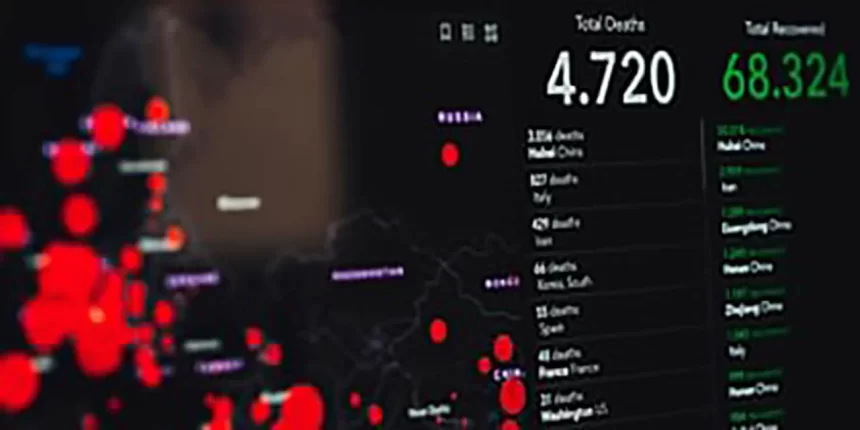With a continually evolving data center environment, IT professionals can address a variety of issues ranging from keeping hackers safe to deal with a variety of complex workloads. However, they have never dealt with a pandemic like Covid-19. The continuing spread of the virus will impact virtually all sectors, and we need to be mindful of the potential IT and Coronavirus Effect on IT.
The ground reality is that IT operations would be interrupted during this pandemic in the data centers. Coronavirus Effect on IT is a fact to know. Given that travel restrictions are widespread and stringent, last-mile IT field engineers may face challenges such as refusing access to vital facilities they typically monitor. Furthermore, even if they can reach a customer location, due to quarantine restrictions, physical access to customer premises to address hardware faults in the data center-such as switching off a simple drive may be hampered.
Looking at the broader situation also exposes other potential barriers that reduce potential disruptions. Access to both complex and commonplace parts such as fans and power equipment could be one common aspect while solving IT infrastructure and systems faults. These parts may be requested for public health concerns of higher-order, or they may be delayed by the challenges of shipping them from geographic regions where there is limited movement. The manufacturing and distribution of such parts will likely be delayed, which would also cause delays in the implementation of any solutions.
Reducing Distractions
Maintaining uptime regarding IT assets and regular operations in the current environment requires various steps. Organizations with IT asset management control will be better equipped to support stable IT operations. This is due to their ability to have a complete IT inventory that facilitates asset tracking, thus allowing greater control over the company’s IT environment.
Besides knowing where all of their hardware assets are located in the world, and given the different on-ground scenarios and constraints around the world, they also can detect faults that may occur during this global challenge. Another significant impact on their business and IT operations is the increased use of automation, robotics, and AI by organizations adopting these advanced technologies.
Dynamic baselining is one such example where organizations reap dividends from predictive analytics for proactive infrastructure management. Another example of this is the integration of technologies such as S.M.A.R.T. events that can generate alerts before actual failure. Organizations use remote automation and AI to ensure smooth operations through automated and constructive failure detection and resolution capabilities.
The intensity of AI tools in terms of pattern recognition through predicting and self-learning also leads to quick troubleshooting of IT problems, potentially due to better turnaround times than by human interaction. Such technologies are coming into their own and rapidly becoming relevant and faster, given the constraints of social distancing.
The versatility of remote monitoring tools is also becoming significant in automating fault resolution processes for hardware infrastructures. Such tools can initiate service tickets for hardware component failures, communicate with systems remotely via standard protocols such as SNMP, WMI, and SSH, and then relay hardware events back to the IT administrator via a secured TCP outbound link.
In addition, severe disruptions could overwhelm call centers and their staff. In such a scenario, useful IT customer service portals may help business customers raise and track service tickets from any computer, resulting in quick monitoring and fault resolution. The ubiquity of mobile apps and their functionality also contributes to increased awareness of their strengths outside customer service portals. Mobile apps allow users to identify devices that require support by merely using a camera on the phone to scan the bar code.
The application then triggers the automatic insertion into a ticket submission form of the corresponding serial number. Companies that use mobile apps via conventional portals will increase service and attention usability and productivity while discovering a new way to remain connected. While a significant cause of concern, the severity of the current crisis has led organizations to rethink how they can evolve and innovate to minimize disruption. Various services and tools can ease the pressure on IT operations and bring businesses peace of mind.
More significantly, automation and remote monitoring can have a significant impact on reducing outages while making the use of their versatility to help companies work through these tumultuous times.









